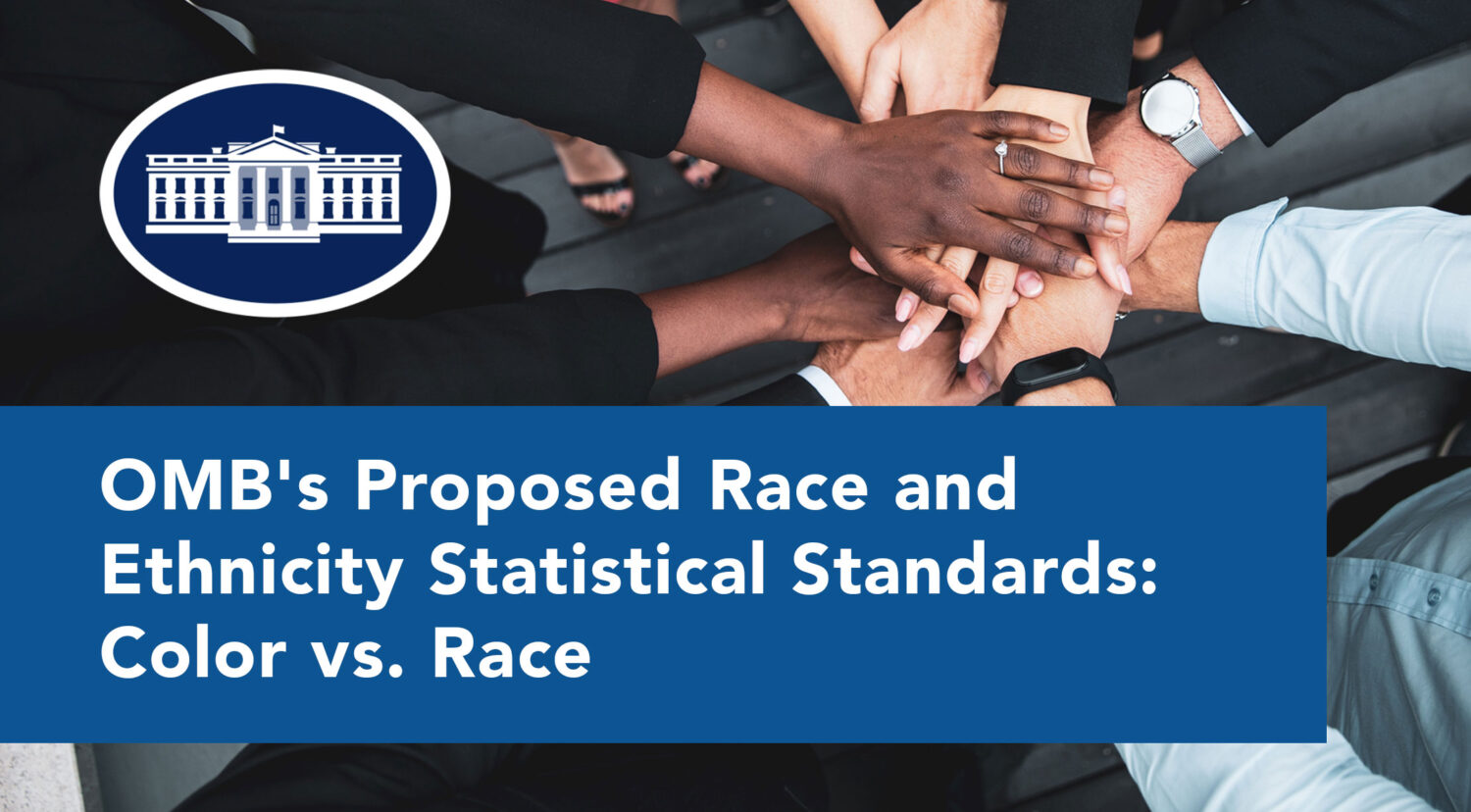

There are many races in life. There’s the race to the top. The race to the moon, and the race against time. Each of these races leads to winning and success. So why can’t the same be said about race and ethnicity?
Today there’s a near obsession in the media and in partisan ideology regarding race. There seems to be a consistent battle raging over race equality with the argument divided predominantly by black vs white.
Recently, the Office of Management and Budget (OMB) has proposed changes to its race and ethnicity statistical standards. The proposition continues to retain “white” as a racial group, which further perpetuates the divide between “white” and “black” people. This practice only further reinforces the beliefs that one group holds superiority over another, which then opens the door to contentious acts such as racial profiling, stereotyping, and other forms of discrimination. Blacks were often depicted as perpetrators of crime or had been lynched (usually for a crime, real or imaginary).
But let’s break down the concept of “white” and “black” as it pertains to color. Have you ever looked through a prism and seen the spectrum of colors? In the art world, there is no white and there is no black because they are not present on the spectrum. White is the absence of all color and black is the accumulation of all color. So, if black and white don’t technically exist as colors and are merely adjectives, it’s time to put them behind us as a race and change their meaning to something that puts discrimination in the past and reflects a new more accurate interpretation of who we are.
Take, for example, the OMBs recommendation regarding Middle Eastern or North African (MENA) descendants to be added to the Statistical Policy Directive No. 15 as a new minimum reporting category distinct from all other reporting categories. The idea is to edit the current definition of “white” to exclude those individuals who do not meet the existing requirements. In other words, those people with more melanin in their skin, who are descendants of the middle east or northern Africa should not be aligned with those having less melanin who are descendants of Europe.
Instead of the OMB mislabeling black and white as races, they should replace those terms that are more representative of how they recognize others. By using more specific terms such as African American or European American, they would avoid any implications of superiority that in the past have been rooted in colonialism and slavery. This would ensure that all people are treated equally regardless of skin color, thus promoting fairness and diversity in a more uniform manner in our country. Leaving black and white unchanged only serves to “perpetuate systemic barriers to opportunities and benefits for people of color and other underserved groups” (Executive Order 13985)
The time is now to make this change because not doing so creates ugly, if not dangerous, byproducts. It further weakens the strength of our country and widens the divide among us as Americans. The concept of whites exploiting blacks, as seen in colonialism and slavery, will remain in place as well as images of police brutality, economic disparities, social injustice, class divide, and other forms of discrimination based on color implicit bias and misperception.
It’s really quite simple, it is in the best interest of our country to remove black and white as descriptive adjectives for race. As a result, it will surely save our nation from potentially falling into another civil war which may result in other envious nations like China taking over our global dominance.
The Economic Costs
It also just makes good sense, or rather dollars and cents, to end the concept of black and white as races. Systemic racism prevents Americans, especially those perceived as inferior citizens, from making the most of their economic potential, and it carries significant economic costs. In fact, the “wealth gap” between American whites and blacks is projected to cost the US economy between $1 trillion and $1.5 trillion in lost consumption and investment between 2019 and 2028. This translates to a projected GDP penalty of 4 to 6 percent in 2028.
(Noel and others 2019)”. Source: Noel, Nick, Duwain Pinder, Shelley Stewart, and Jason Wright. 2019. “The Economic Impact of Closing the Racial Wealth Gap.” McKinsey and Company report, New York.
Final Thoughts
Above all, the OMB needs to take a stand against racism and prejudice by removing outdated practices and terminology from its classification system. We can no longer accept an antiquated view born out of injustice; it is time for us to move forward together as one nation without invoking outdated beliefs about race or ethnicity. By taking a stand on this issue and ensuring fairness and equality, the OMB can promote inclusivity within our communities.
The time has come for us to move away from musty beliefs regarding race or ethnicity and work together toward a better future for all Americans. We must take action now to foster an environment of respect, understanding, and unity across the entire United States. The proposed changes by OMB are a step in the right direction, but more action needs to take place. Together we can create a society where everyone is treated equally regardless of skin color.
In life, it’s always best to find solutions that create a win-win scenario for everyone. We create that opportunity when we celebrate each other’s uniqueness and ethnicity and find value in what we do together to avoid the degradation caused by compartmentalizing us into separate classes of citizens based on the color of their skin. If we become united in our efforts to replace color-based racism with fairness, we can win the “human race”.
HR Unlimited, Inc. specializes in helping federal contractors and employers effectively meet their AAP and EEO compliance obligations. Please contact us to discuss any of your questions, concerns, or needs in this area.





